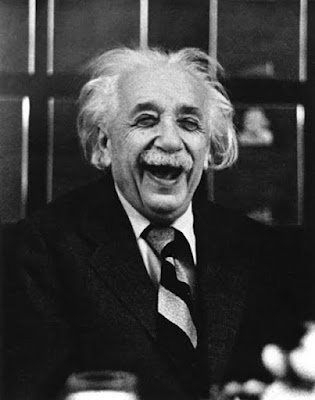Even the Driver is also Genius...

Even the Driver is also Genius.... As soon as we hear the term “Theory of Relativity” only person’s image flash in every one’s mind that is of Albert Einstein’s. Yes..!! He became globally well known and famous with his work on Theory of relativity. Einstein was invited to give the presentation on his theory of relativity, and wherever he went, his driver also accompanied him and he sat in the last row while Einstein was presenting his theory after few presentations his driver told to Einstein that “ Theory Of Relativity ” is so simple, even I can give a presentation on it, Einstein was not annoyed by that instead he was happy that his theory is understood even by a Simple man who has no knowledge about science. For the next presentation Einstein asked his driver to present the theory, in those days media was not a booming industry and hence the people at the place where Einstein was about to give the presentation dint know how he looked like, so Einstein’s driver was ...



